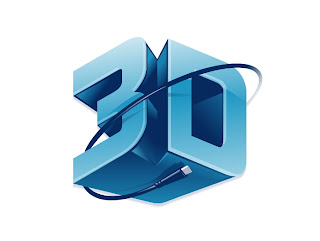Introduction to 3D Printing
The potential held within 3D printing has many people excited, and
it is easy to see why. With the technology still in its formative stage, each
new use hits the headlines, with a Japanese company recently using the tech to
create chocolate treats for Valentine’s Day, shaped like the customer’s face
from a plastic mold. Although uses such as this may be frivolous, the potential
for greater and bigger things is already on the horizon.
3D
Printing Explained
In order to understand the potential of 3D printing, first we must
understand what it exactly is. Put simply, 3D printers download pre-designed
templates and then recreate the item layer-by-layer. While it was previously
restricted to plastics, it is now possible to use metals and biomaterials. This
has opened up a world of possibilities, with innovative ideas continually being
pioneered. One of the ideas that have stirred the imagination is the creation
of artificial organs, ready for transplant.
Organs
for All
Producing these artificial organs in-house as-and-when they are
needed could provide a major advantage over the current system in which the
waiting list can be extremely lengthy – unfortunately too lengthy in some
cases.
One of the major hurdles which must be overcome before 3D printing
becomes commonplace for complex items is the regulatory rules which will govern
it. Such is the complexity of the case that no concrete legislation has yet
been confirmed, as copyright and legal responsibilities have not yet been
determined. When the item being produced is something as complex and vital as
an organ, this gets especially delicate.
Looking
to the Future
When looking at the bigger picture, the potential for replicating
organs for transplant has truly captured the attention of the world and could
revolutionise the healthcare industry. Prototype artificial blood vessels have
already been created, with work ongoing towards producing a viable way to
provide replacement organs for those who are in need. Creating artificial
organs has long been the aim for many in 3D printing, with clusters of stem
cells now being produced to speed up the process. It could be some time before
we see artificial organs being easily and regularly produced in this manner,
but as the advancements continue, the future looks increasingly promising. The
future aim will be to provide organs quickly and easily through the 3D printing
medium, although this could provide tricky under current regulatory rules.
Changes will have to be made in order for this process to become mainstream
once the tech is complete.
















0 comments:
Post a Comment